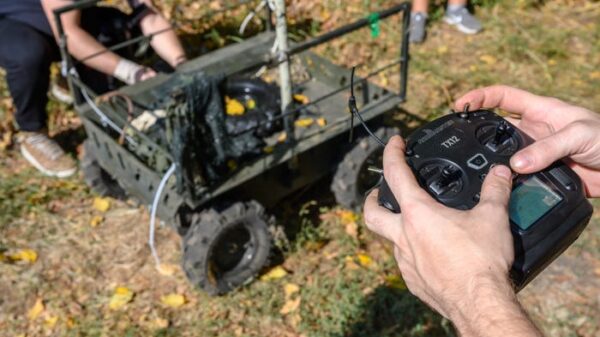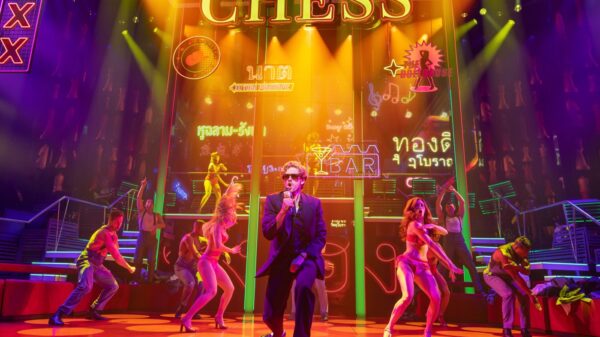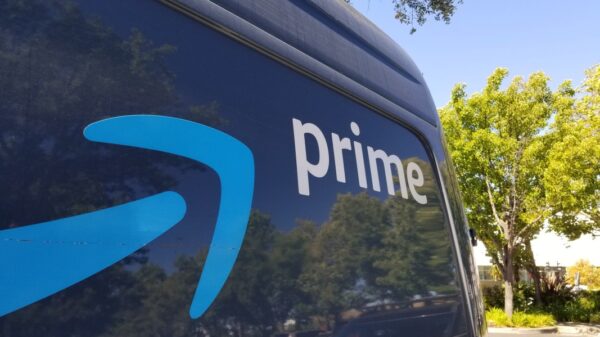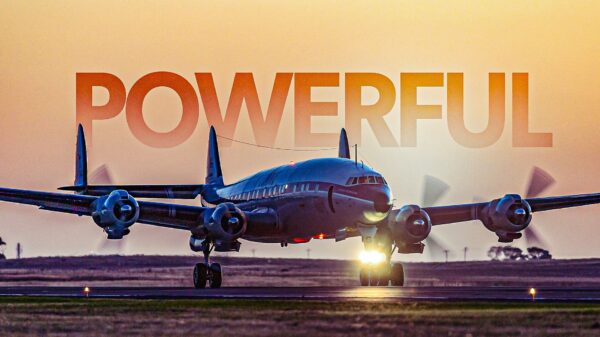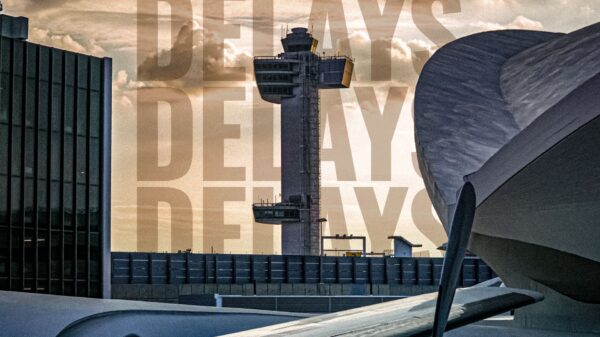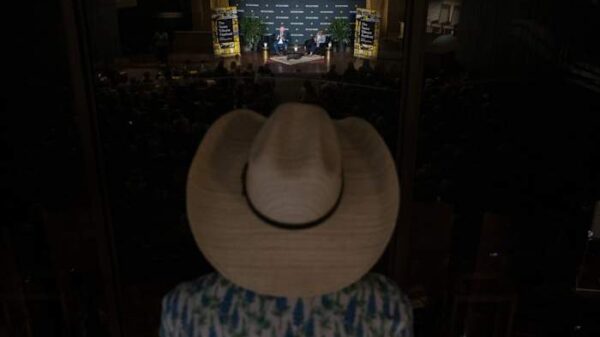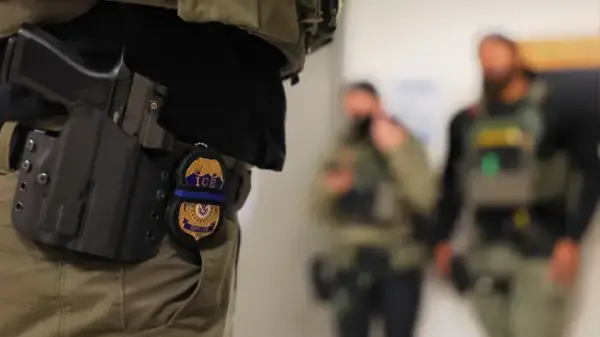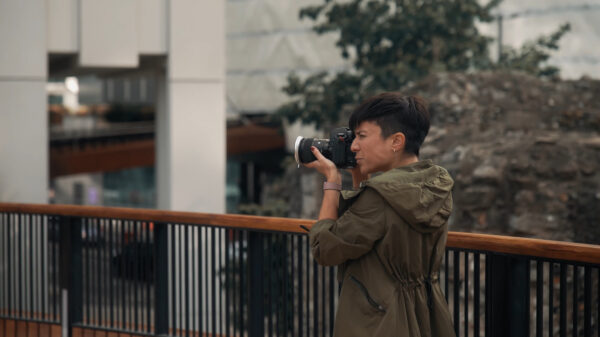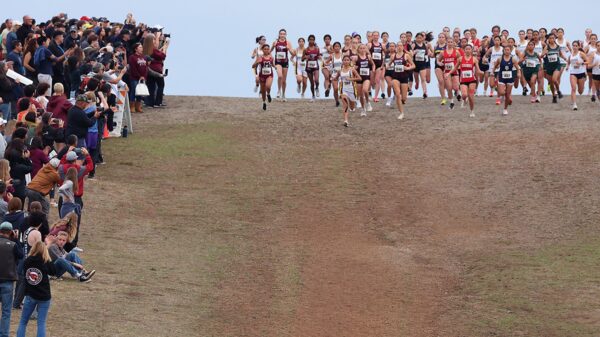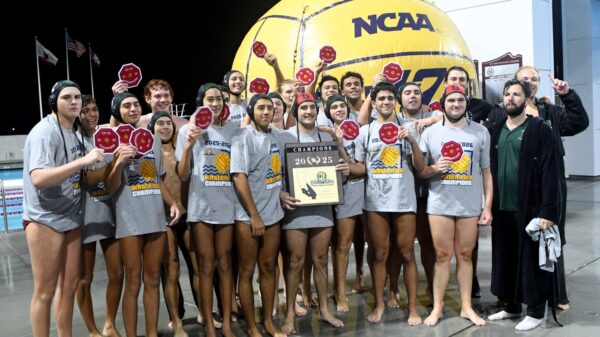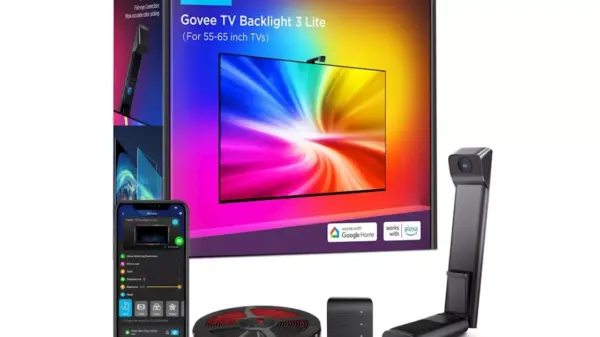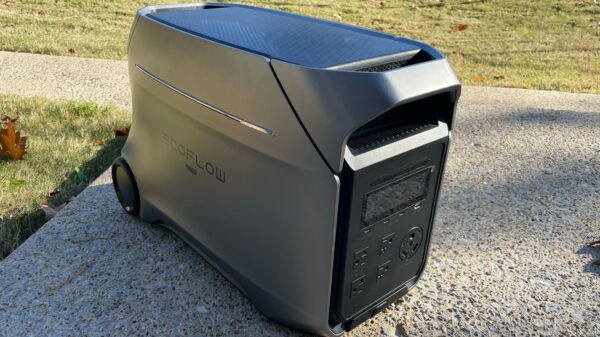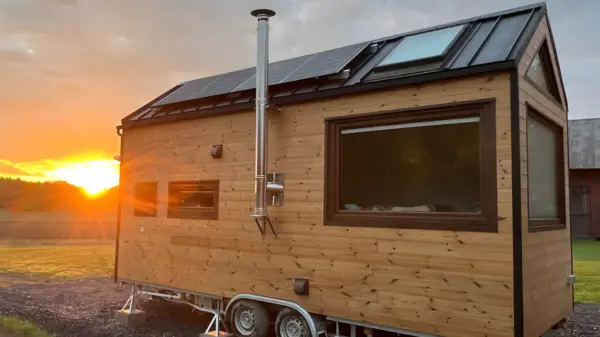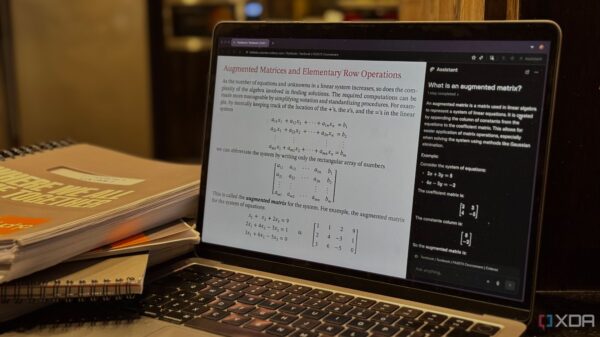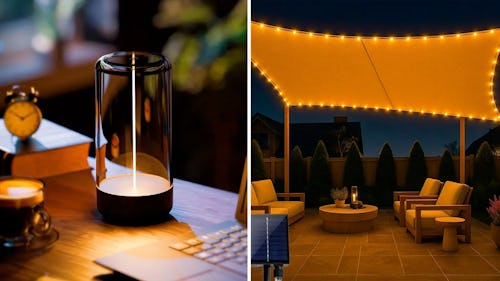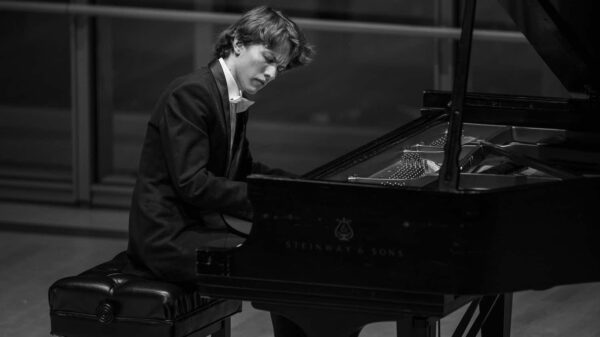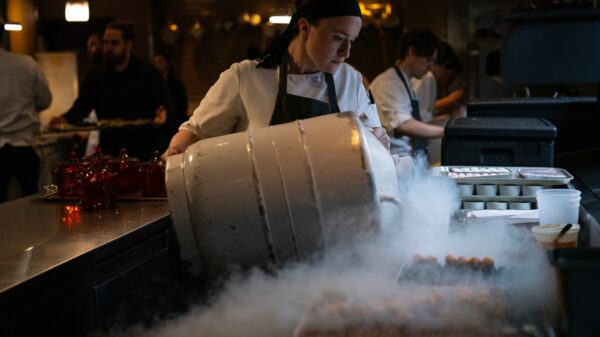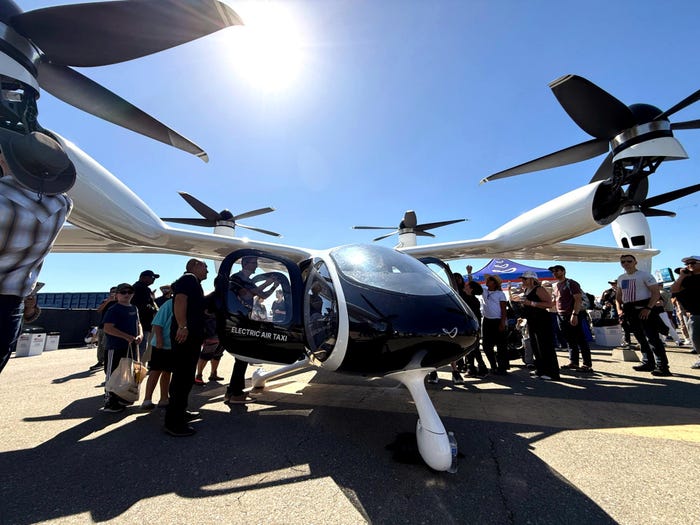UPDATE: Flying taxis have officially taken to the skies in front of a live US audience for the first time, as Joby Aviation and Archer Aviation showcased their electric vertical take-off and landing vehicles (eVTOLs) at the California International Airshow in Monterey County on Saturday. This pivotal demonstration marks a significant leap toward urban air mobility, with both companies racing to transport passengers in the coming years.
In a groundbreaking event, Joby Aviation’s eVTOL exhibited a remarkable range of 150 miles, though it is primarily optimized for shorter urban trips of 20 to 30 miles. The aircraft’s silent operation—characterized by a minimal hum—was a highlight during 10-minute flight demos, capturing the attention of attendees who were left marveling at the future of transport. “This is the future,” an announcer proclaimed, underscoring the innovative potential of these flying taxis.
The significance of this demonstration cannot be overstated. Both companies aim to revolutionize urban transport with zero-emissions, all-electric aircraft, addressing critical concerns over noise and safety. “It almost sounds like a whoosh,” said Didier Papadopoulos, Joby’s president of aircraft OEM, emphasizing the need for eVTOLs to blend seamlessly into urban environments.
However, gaining public acceptance is just one hurdle. The eVTOL industry is heavily regulated, requiring extensive testing and certification from the Federal Aviation Administration (FAA) to ensure safety and airworthiness. Joby, founded in 2009, is targeting 2026 for its first passenger flights, with plans to operate in Dubai. Meanwhile, Archer Aviation has partnered with the Los Angeles 2028 Olympics to transport VIPs and fans between event venues, including the iconic Los Angeles Memorial Coliseum.
During the airshow, Joby conducted an 8-mile flight from the Marina Municipal Airport to the event site in Salinas, south of the San Francisco Bay Area. The aircraft features six tilting propellers that allow it to transition smoothly from vertical takeoff to forward flight. Joby even demonstrated a stunning 540-degree spin while hovering, showcasing its advanced capabilities.
Joby’s innovative design prioritizes noise reduction, utilizing shorter blades and an electric propulsion system. “You don’t actually have to spin the motor as fast to get the torque you need,” Papadopoulos explained, emphasizing the importance of a quiet flying experience. The cockpit is engineered for simplicity, mirroring advanced military technology to ensure intuitive operation for novice pilots.
Archer Aviation’s “Midnight” eVTOL took a different approach, performing a conventional takeoff from the Salinas Municipal Airport. This aircraft, equipped with 12 propellers, aims to connect urban centers more efficiently. Archer’s vision includes reducing commutes, such as between Newark Liberty International Airport and downtown Manhattan, to under 10 minutes—a significant improvement over traditional helicopter services.
The implications of this technology are profound. Papadopoulos illustrated the potential benefits, recalling a recent trip to the Osaka World Expo that took him over an hour and a half by traditional transport. “It would’ve taken eight minutes exactly if I took this aircraft,” he stated, highlighting the potential for eVTOLs to drastically cut travel times in congested urban areas.
As Joby and Archer continue their push toward commercial passenger service, all eyes will be on their progress in the coming months. With public demonstrations now underway, the world is one step closer to embracing the age of flying taxis. Stay tuned for further updates as this exciting technology develops and transforms urban transportation forever.

